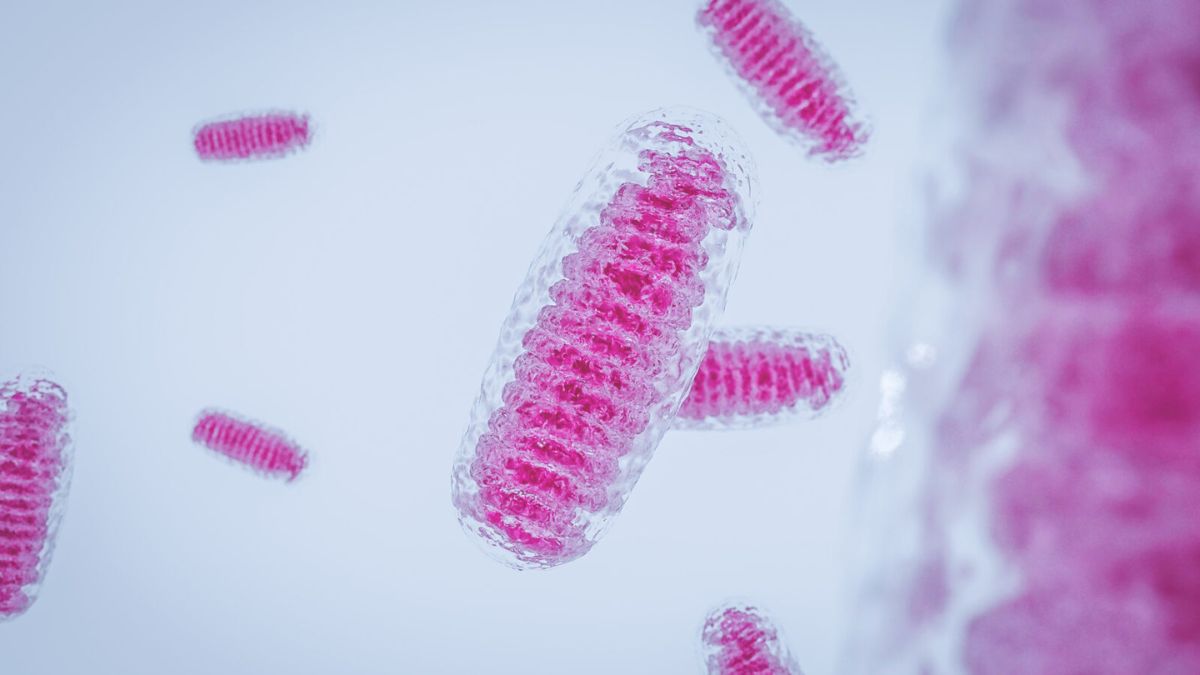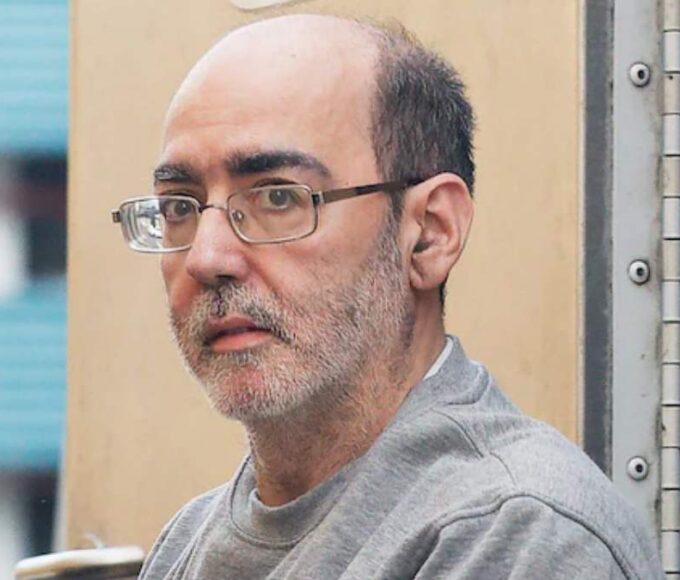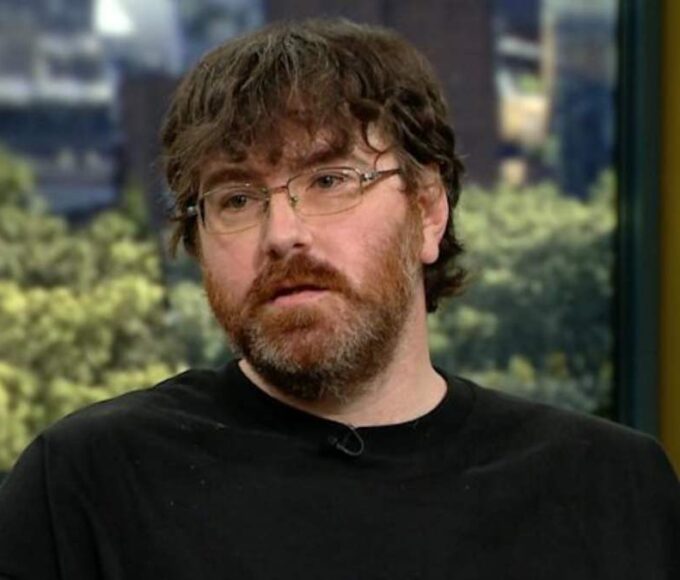Scientists in the United Kingdom have announced the births of eight healthy children using a technique called mitochondrial replacement therapy (MRT). This method, sometimes called “three-parent IVF,” is designed to prevent children from inheriting certain serious and sometimes fatal genetic diseases.
The results, published on July 16 in the New England Journal of Medicine, show that MRT can reduce the risk of babies inheriting defective mitochondrial DNA from their mothers. Mitochondria are the energy-producing parts of cells, and they carry a small amount of genetic material. Mutations in this DNA can cause severe illnesses that often cannot be treated.
The research was carried out by a team at Newcastle University, which has been working on this technique for years. The first licenses for the procedure were granted in the UK in 2017, after the country became the first in the world to approve mitochondrial donation in 2015. Australia followed in 2022.
“All the children are well and continue to meet developmental milestones,” said Professor Bobby McFarland, a specialist in pediatric mitochondrial medicine at Newcastle University. He added that while the results are promising, the children will be monitored for years to ensure there are no long-term health concerns.
The children in the study are currently between a few months old and over two years old. One more pregnancy is underway.
How the Technique Works
MRT involves combining DNA from three people: the mother, the father, and a female donor. The mother provides the nuclear DNA, which carries most of the genetic information. The donor provides healthy mitochondria to replace the mother’s faulty mitochondrial DNA. This is done through a process called pronuclear transfer.
Scientists fertilize the mother’s egg and the donor’s egg separately using the father’s sperm. They then transfer the parents’ combined nuclear DNA into the donor’s egg, which has had its nucleus removed but still contains healthy mitochondria.
The result is an embryo with nuclear DNA from the mother and father and mitochondrial DNA from the donor.
Not Without Risks
While the procedure is designed to prevent disease, it cannot completely eliminate risk. Some defective mitochondria may still be carried over during the process. In the Newcastle study, five of the eight babies had no detectable signs of problematic mitochondrial DNA.
However, the other three had small amounts of the mutations—ranging from 5% to 16%. Researchers say these levels are much lower than what would cause disease.
Scientists will continue monitoring the children until at least age five to ensure their continued health. Experts say more long-term and multi-generational studies are needed to fully understand the potential impacts.
Ethical Debate Continues
MRT is controversial because it alters the DNA of embryos in a way that can be passed to future generations. Supporters believe it gives hope to families at risk of mitochondrial diseases. Critics argue that the long-term effects are unknown and raise ethical concerns about modifying human embryos.
The technique is currently legal in only a few countries, including the UK and Australia. The United States bans the practice through an amendment that prevents the FDA from reviewing such procedures.
Despite the controversy, the researchers say the successful births are an important step forward. “After years of uncertainty, this treatment gave us hope—and then it gave us a baby,” said one of the mothers, whose name was not shared publicly.
Scientists at Newcastle University say they will continue to study the method carefully, but they are encouraged by the positive results so far.











